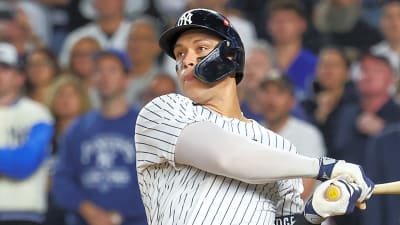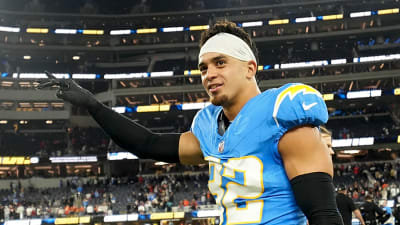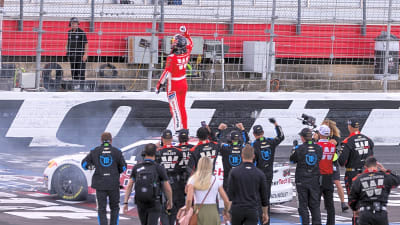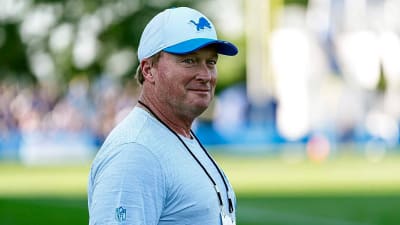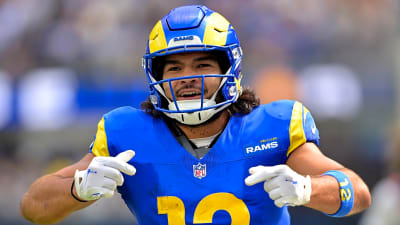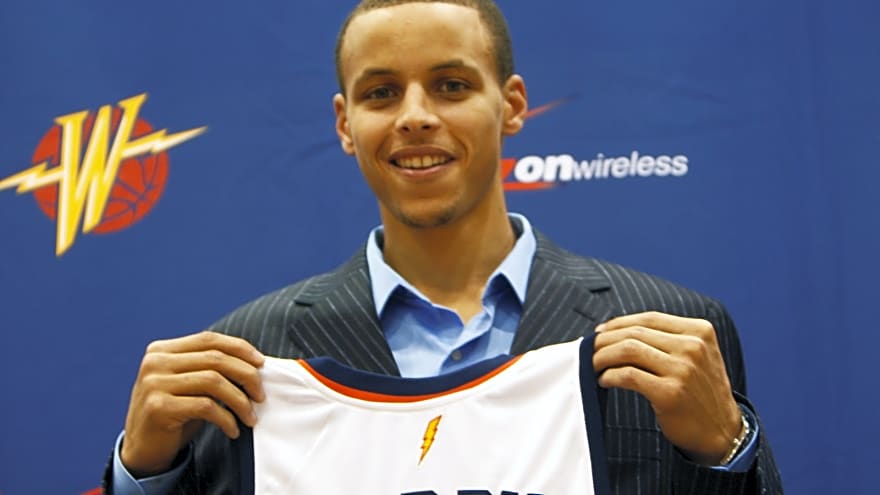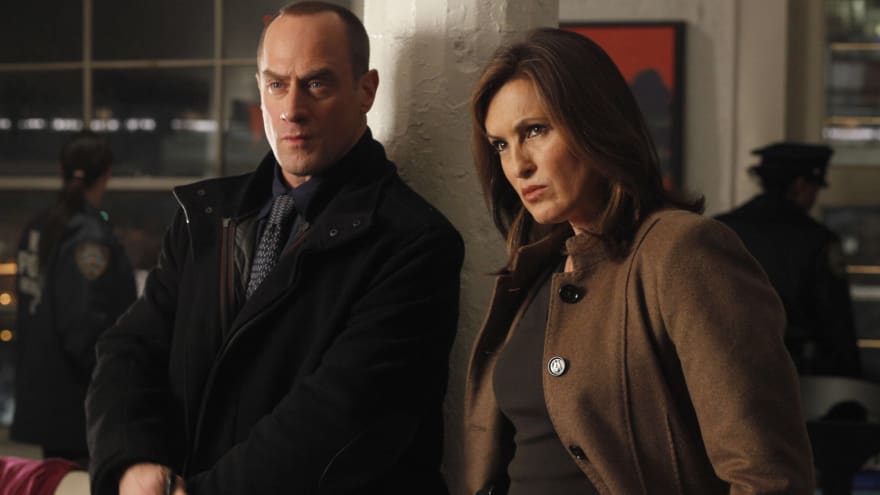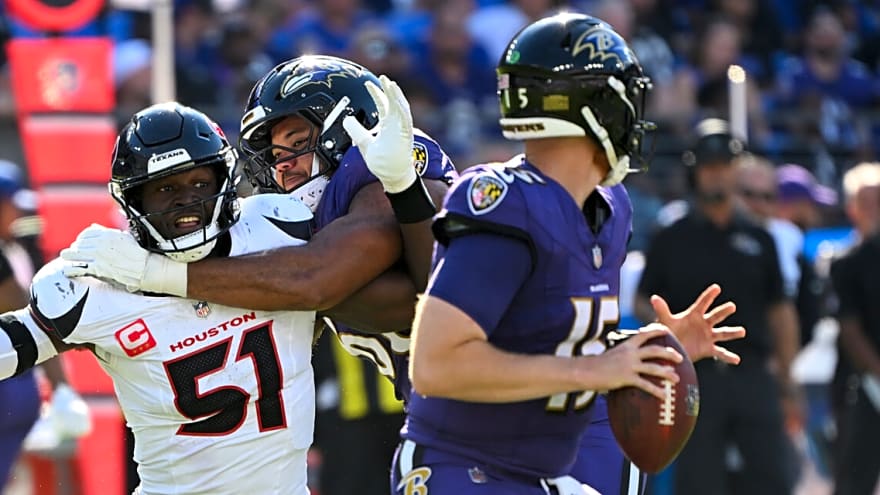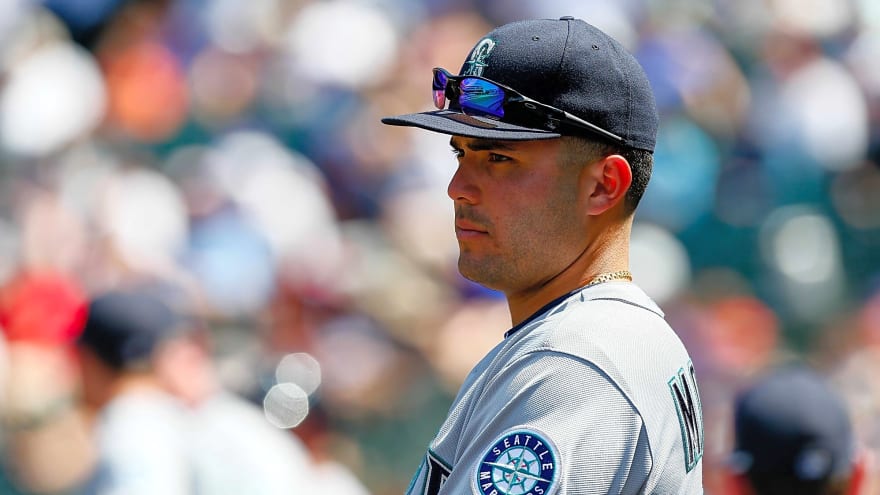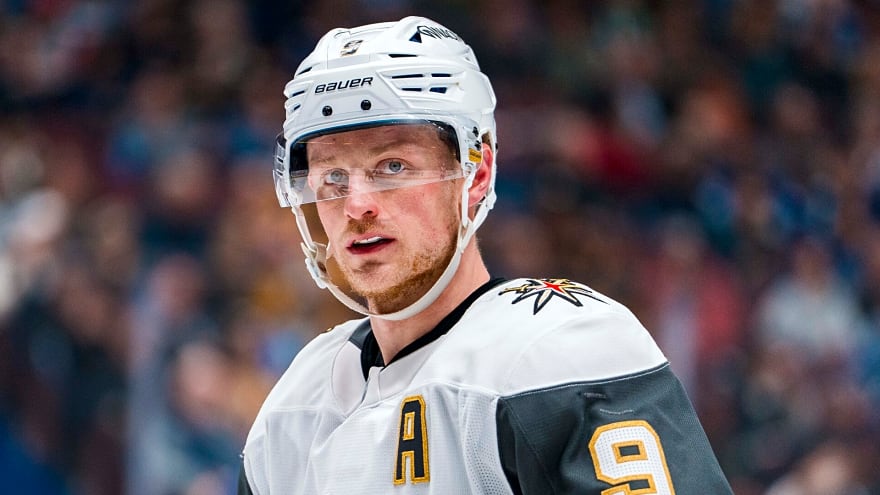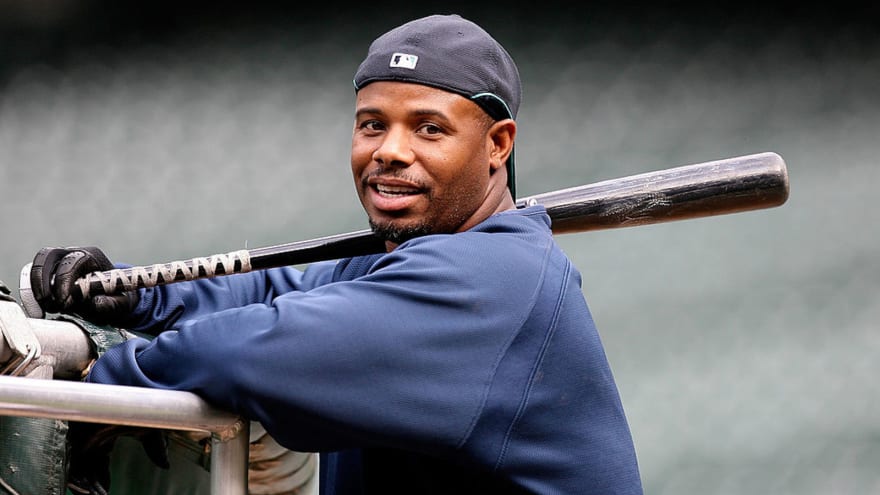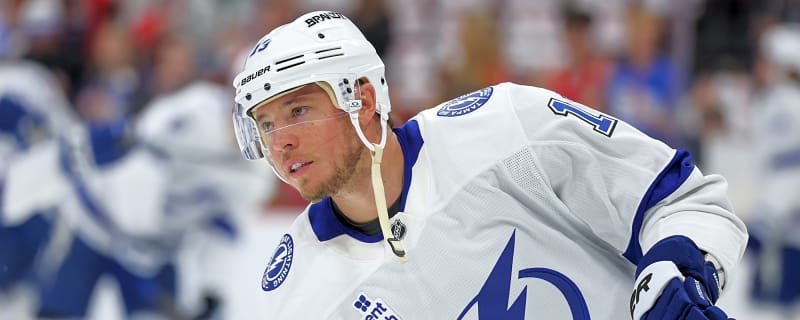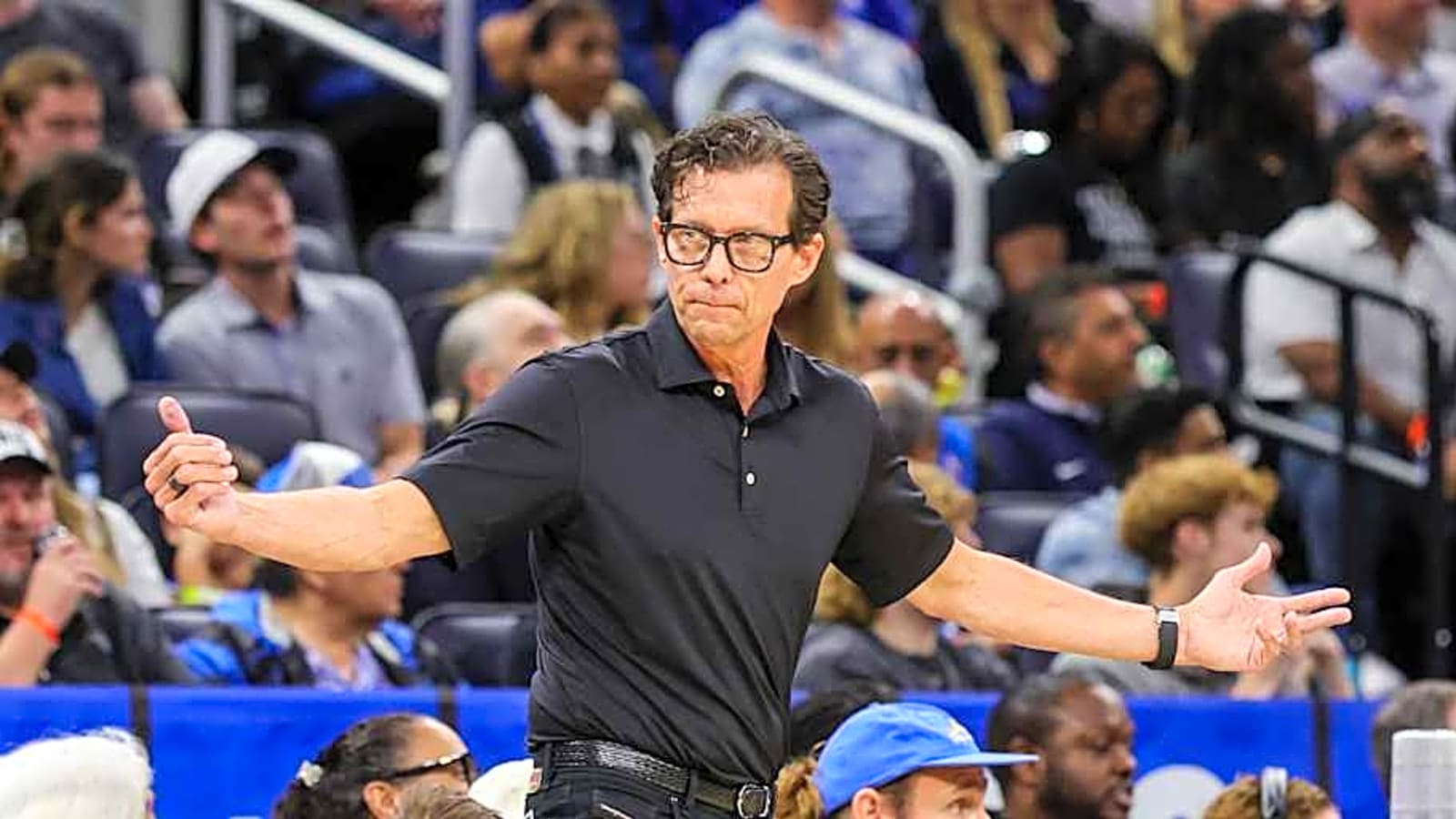
Draft day has arrived.
The 2024-2025 NBA season officially came to a close Sunday night with the Oklahoma City Thunder winning the championship over the Indiana Pacers. Unlike other major sports, the offseason is literally around the corner in the NBA, and we have already seen major moves being made. The Orlando Magic traded for Desmond Bane, and yesterday, the Houston Rockets made a big move to acquire Kevin Durant from Phoenix. There is sure to be more on the way, and the 2025 NBA Draft will provide plenty of opportunity for fireworks
While the No. 1 pick of the draft is already set in stone, there are questions throughout the rest of the lottery, and one of the most interesting teams to watch on draft night is going to be the Atlanta Hawks. The Hawks got some lottery luck by landing the No. 13 pick courtesy of the Sacramento Kings, but they no longer have two first-round picks. They sent No. 22 to the Brooklyn Nets last night as part of the three-team trade that netted them Kristaps Porzingis.
Now, what will the Hawks do at No. 13? Do they stay put and take the best player available, something general manager Onsi Saleh mentioned frequently in his initial press conference on Monday.
Here are the predictions from us here at Atlanta Hawks On SI:
Jackson: How does the Porzingis trade affect the Hawks' approach at No.13? Truthfully, probably not much. Atlanta is still going to need another big on the team due to Porzingis having a lengthy injury history, so that is still on the table, but so are others. Trading down should still be on the table as well, though I do think that is going to be less likely. There are a number of players for the Hawks to consider with the No. 13 pick, and I am going to say they stay put and select Washington State's Cedric Coward. He adds shooting around Trae Young and gives them another athletic wing player. If Joan Beringer were to make it this far, don't think it is out of the question that the Hawks take him, let him develop for a season, and become the main backup big when Porzingis's contract is up.
Rohan: With the 22nd pick officially not in play for Atlanta any longer, the Hawks are less likely to trade up. If he can stay healthy, Kristaps Porzingis will be a very effective player for Atlanta and they should do everything in their power to keep him healthy. Bringing him off the bench might be the best way to achieve that - they got a lot out of Zaccharie Risacher in his rookie season and haven't gotten the chance to evaluate him next to Jalen Johnson and Onyeka Okongwu due to Okongwu's late rise as a starter and Johnson's injury. As a result, there shouldn't be any urgency to remove Johnson or Okongwu from the starting lineup. Assuming that Porzingis plays more of a reserve role, I think the Hawks will trade down with a team like Brooklyn or Oklahoma City (both of whom have multiple first-rounders in this draft class) and select Colorado State guard Nique Clifford. Clifford is a 6'5 wing who can play either SG or SF - he's a great defender who can guard multiple positions and passes extremely well while showing major shooting improvement this year (shot 37.7% from deep on 4.9 attempts per game). Atlanta's perimeter defense struggled a lot this season and Clifford would improve that while also giving the Hawks some insurance in case Caris LeVert doesn't return in free agency.
Kahlil: Now that the Hawks have officially traded their 22nd pick of the NBA Draft for Kristaps Porzingis, they will still likely be in the hunt for another seven-footer, and that would be Khaman Maluach. The Hawks should still consider trading up to acquire Maluach, depending on what they would have to give up to draft him. They still have the 13th pick in the draft, but my prediction would be between Maluach and Danny Wolf to complete the center position in the future. I like both of their fits with the team, as they can both run pick-and-roll with Trae Young and get easy shots at the basket while also defensively causing havoc in the paint and sometimes on switches on the perimeter.
More Atlanta Hawks Draft Coverage:
More must-reads:
- Insider suggests Giannis Antetokounmpo's days in Milwaukee 'numbered'
- Do NBA players secretly admire Kawhi Leonard's alleged side hustle?
- The 'Most NFL QB two-rushing-TD games' quiz
Breaking News
Trending News
Customize Your Newsletter
 +
+
Get the latest news and rumors, customized to your favorite sports and teams. Emailed daily. Always free!
TODAY'S BEST

LeBron James & Steve Nash Send Strong Message to Adam Silver Over Long-Standing Kawhi Leonard Issue

Mavericks have another out-of-shape star
When the Dallas Mavericks traded Luka Doncic for Anthony Davis last season, the team was concerned about its young star's conditioning issues. Now, Doncic is on the cover of fitness magazines, and Davis is 15 pounds heavier than at last season's training camp. At last year's training camp, the Los Angeles Lakers listed Davis at 253 pounds. This season, the Mavericks listed him at 268 pounds, a dramatic increase from 12 months ago. He looks noticeably bigger, though "The Brow" still put up seven points and seven rebounds in the Mavericks' preseason opener Monday night, a 106-89 win over the Oklahoma City Thunder. Anthony Davis spent the summer recovering from a serious surgery One reason Davis might not be in his usual condition is his offseason surgery to repair a detached retina, an injury he played through for most of last season. While the surgery was successful — Davis will wear protective goggles for the remainder of his career — he had to go weeks without exercising as part of his recovery. For his part, Davis claims he always likes to go into training camp a little heavy to avoid getting "too small" when he loses weight during the season. Being larger may be a conscious strategy for Davis, but he's still at least 10 pounds heavier than his previous efforts to come to training camp above his playing weight. Anthony Davis was a questionable choice for a team concerned with health It's not Davis' fault that he's suffered so many injuries, including an adductor strain in his very first game with the Mavericks that kept him out for the team's next 19 games. But it was a curious choice to swap Doncic for a player six years older than him. 2024-25 was the most injury-plagued season of Doncic's career, and he ended up playing just one fewer game than Davis. Over Doncic's seven-year career, he's played 450 games. In that same time span, Davis has played 377, roughly 10 fewer games per season. Doncic himself weighed in at 244 pounds for the Lakers, which is higher than his official weight of 230 pounds for most of his career, but far lower than his reported weight in the "high 260s" last season. Doncic clearly wasn't nearly as committed to fitness a year ago. But like Davis, much of Doncic's weight gain last season was a consequence of not being able to exercise after a severe calf strain. A player can have a fantastic regimen of exercise and preparation, but that goes out the window if injuries won't let him follow that routine. That's where the Mavericks seem to have had a blind spot with Davis. He may well drop the extra weight quickly and play himself into shape, but the odds are high that an injury will leave him off the court and out of shape again.

Lions appear 'destined' to make huge Aidan Hutchinson move
Star pass-rusher Aidan Hutchinson is once again a key contributor for the Detroit Lions, coming off the devastating injury he suffered last fall. For a piece published on Wednesday, ESPN NFL insider Jeremy Fowler suggested that the Lions could soon lock Hutchinson down beyond the ongoing campaign after the club picked up the 25-year-old's fifth-year option for 2026 this past offseason. Lions, Aidan Hutchinson have had "exploratory" contract talks "Lions edge-rusher Aidan Hutchinson looks destined for a new deal," Fowler shared. "Both sides have had exploratory discussions about an extension, for which Hutchinson is eligible as a fourth-year pro." Back in July, Fowler noted that Hutchinson was leading the NFL in sacks (7.5), pressures and win rate last season before he went down with gruesome fractures of his tibia and fibula in October 2024. According to Pro Football Reference, Hutchinson enters Week 6 of the 2025 campaign tied for third in the league with five sacks and second with three forced fumbles. How much could Aidan Hutchinson make via extension? "Top pass-rushers now make quarterback money, punctuated by Micah Parsons' four-year, $188M deal with Green Bay," Fowler continued. "While I'm not sure Hutchinson tops that number, he'll be among the highest paid at his position whenever this deal gets done. ...Detroit has shown an eagerness to extend its marquee players, and there's none bigger than Hutchinson." Before Parsons put pen to paper on his deal, Maxx Crosby of the Las Vegas Raiders received a three-year, $106.5M extension during the offseason. Myles Garrett of the Cleveland Browns later signed a four-year, $160M deal that included $123.5M guaranteed. During the summer, the Pittsburgh Steelers gave T.J. Watt a three-year, $123M extension that included $108M guaranteed. Wide receiver Amon-Ra St. Brown, All-Pro offensive tackle Penei Sewell and quarterback Jared Goff are a few examples of Lions players who have received extensions from the club over the past couple of years. That said, both Detroit and Hutchinson may have reasons to drag contract talks out. Hutchinson could increase the value of his deal if he keeps playing well through January (or February). Meanwhile, everybody involved received a harsh reminder roughly 12 months ago that one play can drastically alter or even threaten a player's career. For now, Hutchinson and the 4-1 Lions will focus on preparing for the upcoming "Sunday Night Football" game at the Kansas City Chiefs (2-3). As of Wednesday, ESPN BET had Detroit as a 2.5-point underdog for that matchup.
Steelers Worked Out Two Linebackers, Including Isaiah Simmons
The Pittsburgh Steelers tried out two linebackers, including Michael Barrett and Isaiah Simmons, per the NFL Transactions wire. Simmons, 27, was a two-year starter at Clemson and won the Butkus Award as college football’s best linebacker in 2019. The Cardinals used the No. 8 overall pick in the 2019 draft on him. Simmons signed a four-year, $20,664,055 rookie contract that includes a $12,588,404 signing bonus. Arizona wound up trading him to the Giants in exchange for a 2024 seventh-round pick. He was testing the market as an unrestricted free agent after the Cardinals declined his fifth-year option in May 2023, and he opted to remain in New York on a one-year deal. Simmons then signed with Green Bay this offseason but cut him loose at the end of August. In 2024, Simmons appeared in all 17 games for the Giants and made one start. He recorded 21 tackles and one forced fumble.

Packers’ Matt LaFleur has three word message on facing Joe Flacco
Packers head coach Matt LaFleur and staff had to do an about face after the Bengals traded for Joe Flacco on Tuesday. After presumably preparing for quarterback Jake Browning ahead of Week 6, Green Bay’s staff now must adapt to facing Flacco for the second time in the past four weeks, with the opportunity to avenge a 13-10 loss on the table. “It’ll be interesting,” LaFleur told reporters, about facing Flacco with so little time to prepare. Packers’ Matt LaFleur has plenty of respect for Joe Flacco The last time the Packers faced Flacco, with the Browns, in Cleveland, Jeff Hafley’s defense held up pretty well against the veteran quarterback. Flacco managed just a season-low 142 passing yards with an interception, as the Browns’ defense benefited from an ill-timed and costly Jordan Love interception to set up a touchdown to get the Browns back into the game. “He can make every throw. He’s super intelligent. He throws on time. The ball is going to come out of his hand, so I’ve got a lot of respect for him,” LaFleur told reporters. Flacco got the better of Green Bay last time, even if his personal production wasn’t the driving force. LaFleur’s challenge now is making sure history doesn’t repeat itself.

